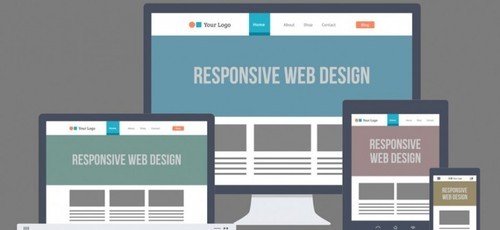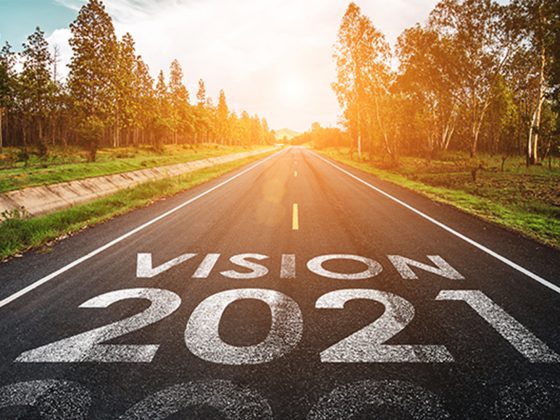
Website-viewing and internet browsing is changing. People no longer view websites solely through their desktop, but through a multitude of devices: tablets, phones, phablets, and yes, even wearables. At the same time, the number of mobile devices accessing the web is growing at an exponential pace. Websites have no choice but to catch up and adapt to different screen sizes. Because let’s face it, a lot of the web isn’t optimized for non-desktop views.
In comes responsive web design. I’m sure a lot of you must have heard people talking about the importance of having responsive web design, yada yada yada. But do you really know what it is, and why is it important?
Read on…
What is Responsive Web Design?
Responsive web design (RWD) is a type of website design in where the layout adapts to the device that is being used (i.e a mobile phone, a tablet or a desktop). Instead of having multiple websites for different devices, responsive web design allows you to have a single URL and HTML code. Say that you are viewing a website on a mobile device for example. If is follows the principles of RWD, said website would reshape itself to the screen size of your phone. The content would appear in a single column view, and two columns in another device.
Coined by Ethan Marcotte in 2010, this approach “responds” to the needs of the user by using fluid, flexible images and content. Designed with the end user in mind, responsive web design aims to provide a better, or optimal user experience.
What are the Benefits of using Responsive Web Design?
- Cost Reduction: There is a common perception that having a responsive site is more expensive, when in fact, does not have to be. But yes, in general, there are some cases where making your site responsive is seen as a more costly investment, but in the long-run it pays off. Having a single, unified website saves time and money. You no longer have to make two websites and manage them separately, which is not only more time-consuming, but less expensive. One centralized site, one single SEO strategy.
- Forward-looking: Responsive web design is both forward-looking and progressive because it is designed keeping not just one device in mind, like mobile, but others as well. The nature of this type of web design is that it can adapt to any screen size, taking into account devices that are not yet in operation. This takes away the pain of having to develop a site for every new type of popular platform that will come into existence.
- Customer-centric: As I mentioned beforehand, responsive websites are designed with the end-user in mind: your customer. Whether the customer is viewing your site on a smart-TV or a tablet, they should be able to access it and get the information they need without much trouble.The goal of responsive web design is to provide an optimal user experience by resizing and reshaping itself to the user’s device. This way, the user will have to do less scrolling and make reading and viewing the site much easier. Likewise, responsive web design eliminates the need for having multiple versions of your site by having a single URL. And running into a mobile version of a site on a desktop is definitely NOT the idea of an optimal user experience. A single URL also benefits the user because it makes it easier for them to share content on social media.
- SEO-friendly: A website that is designed in a responsive manner is much more SEO-friendly. Even Google recommends it. Having a mobile site and a desktop site confuses Google, which in the end can affect your website’s rank and SEO. Why? Because Google’s bots no longer have to crawl two websites with similar content and decide which one is authentic. With responsive design, your site has a single URL, instead of two; one for your mobile site and one for your website. Having a single URL and code makes it easier for Google’s robots to crawl on your site and index the pages and content that appears on it.
- Higher Conversion Rates: User experience is related to conversion rates. If a user has a positive experience on your site, it is highly more likely that they will further engage with your brand. And what a better way to improve your user’s experience by using responsive design? A website that is responsive is optimized for any platform, regardless of which one it is. This in turn has its perks which can lead to higher conversion rates. A responsive site does not need to redirect itself for users, which reduces load time. Similarly, using agent-based redirection or user agents are avoided, which are known to have many errors and worsen the user experience.
If you need help in turning your static website into a responsive one, you might want to start with us. We are a Vancouver web design and digital marketing company. All of our web design plans include the development of websites that are adaptive and responsive in nature. Starting at $19/mo, our web design plans are very much affordable not just for Vancouver, but worldwide. We pride ourselves in having low cost web design plans in Vancouver.
Next time you are asked whether you want to make your website mobile or responsive, you know what to answer ![]()








